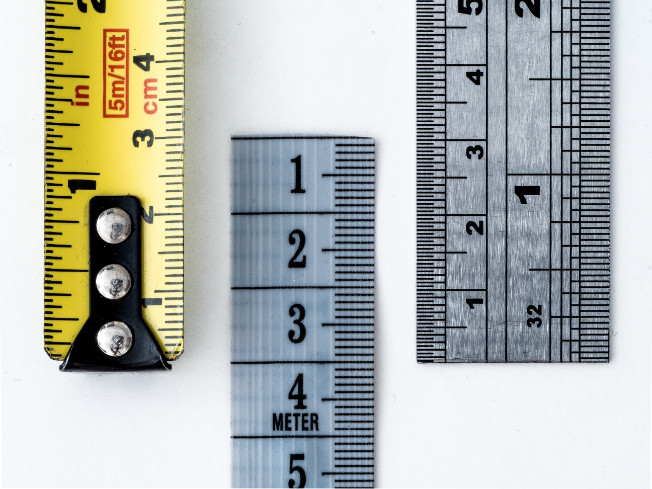As we all know, the Japanese manufacturing sector and industries are famous for their method and technology used for the production of quality products, not to mention the products themselves. Discover more about the history, development, methods and massive influence of this sector both domestically and internationally.
Table of Contents
- Brief History of the Japanese Manufacturing Sector
- Major Industries in the Japanese Manufacturing Sector
- The Future of Manufacturing in Japan
- Conclusion
What are some of the companies and industries you think of when you hear the phrase Japanese manufacturing or Japanese manufactured? Is it the automobile industry or electronics? There’s a lot to unpack about this huge sector which makes up around 20% of Japan’s GDP. We’ll briefly look at some of what makes this sector so great and so widely known and respected around the world.
※ Statistics Bureau of Japan, "Statistical Handbook of Japan 2019," p.66
 Are you having any issues with job-hunting in Japan?
Are you having any issues with job-hunting in Japan?
Brief History of the Japanese Manufacturing Sector
It would simply be impossible to cover everything but here are some major events covered very briefly that led to the growth of the Japanese economy, trade, and manufacturing.
In 1854, Japan ended its isolation and opened its doors to the west at the end of the Edo Period, and the Meiji Period became a period of Westernization. The textile industry became especially prominent, including the production of cotton and silk which became one of their main exports to Asia and Europe and the United States. Construction, another huge industry in Japan to this day, was also especially crucial in building railroads across the country.
However, Japan lacked natural resources and so it began to extend its territory beyond its borders. Thus military expansion and the growth of the manufacturing sector went hand in hand - the more natural resources it got, the more things could be built such as aircrafts, then the more strength the country had, the more land it could take over for more resources and so on. Thus areas with military manufacturing facilities were targeted during war.
After World War 2, the country was in ruins and had to rebuild. The Post-War period was when many of the manufacturing industries that are prominent in Japan today saw their rise - automobiles, chemical, and machinery which includes electronics.
Three instances of domestic production slowing were when the economic bubble burst in 1992, the Lehman shock in 2008 and the Tohoku earthquake and tsunami disaster in 2011. It remains to be seen exactly how the COVID-19 pandemic affected the overall sector.
As of reports in 2019, almost 9 million people in Japan are working in the manufacturing sector with the overseas production ratio at 25.4%.
※ Statistics Bureau of Japan, "Statistical Handbook of Japan 2019," p.33
Writer's Pick
Major Industries in the Japanese Manufacturing Sector
So now let’s take a closer look at some of those major industries that define the manufacturing sector in Japan even today.
Automobiles

If you look at the Fortune Global 500, 3 automobile makers are in the top 10 companies in Japan and have been for a while - Toyota, Honda and Nissan. These are names recognized around the world with the number of people working for the automotive industry making up about 8% of Japan’s labor force. Plans going forward in the industry include lowered taxes for those who purchase clean energy vehicles and the development and commercialization of automated driving.
Read more about Japanese car brands and the industry here.
※ Fortune Global 500, “Japan” ※ Japan External Trade Organization(JETRO), “Manufacturing Report”
Electronics

Japanese electronics are also constantly in development. Sony, Panasonic, Hitachi and many more have continued to develop more electronic and innovative products - whether for entertainment purposes, household uses, and many more. In 2016, electronic devices, communications equipment and machinery added up to a value of about 36 trillion yen. It will be interesting to see the numbers at the end of 2021, as the COVID-19 pandemic caused people to buy a larger number and wider variety of products to ease the time at spent at home.
※ Statistics Bureau of Japan, "Statistical Handbook of Japan 2019," p.67
Food

This may be a surprising one but the food industry had the most people engaged in the workforce in 2017. Companies like Aeon - which owns a large chain of supermarkets in Japan - sit on the top ranks of the Fortune Global 500 list for Japan and it’s said that due to the COVID-19 pandemic, many university graduates have shifted their career choices to consider the food industry as it’s become particularly essential to develop food and related things that can be used for cooking and eating at home when people are unable to eat out.
Other significant manufacturing industries to keep an eye on include robotics, chemical, semiconductor and aerospace.
The Future of Manufacturing in Japan

Japan keeps track of its future of manufacturing with the White Papers on Monodzukuri (Manufacturing). It is updated every year with concerns in the industry to address as well as methods to promote manufacturing.
The paper for 2020 addresses the following topics:
-
The effect of COVID-19 on the manufacturing industry and how it must cope with the new challenges that are brought on as a result
-
The importance of digitization and data collection in order to best proceed with new products and ideas
-
How to gather human resources for this industry and promote the manufacturing industries
See the paper for 2020 here.
※Ministry of Economy, Trade and Industry, “FY2019 Measures to Promote Manufacturing Technology (White Paper on Monodzukuri 2020) Released”
Another way to promote its manufacturing sector is to have trade shows where potential customers or business partners can meet and actually see the products or ideas themselves. And one of Japan’s big trade shows related to manufacturing is Manufacturing World Japan. They hold it in Tokyo, Nagoya and Osaka every year, sometimes multiple times in each location. They cover the latest medical devices, virtual reality, aerospace technology and so on - all vital to the future of manufacturing and humankind!
Check out more information here.
Conclusion

The Japanese manufacturing sector has evolved in years, responding to the events around society, and advancing technology has played a major role in the manufacturing industry to improve quality, productivity and to maintain competitiveness. The manufacturing industry is one of the most vital sectors in Japan and we hope this article helped you understand a bit more about its past, present and future. Sadly, the pandemic has affected almost all the sectors and industries, but as we mentioned in Japan, it remains to be seen exactly how the manufacturing sector has done as a whole by the end of it - but certain industries within have flourished. The number of jobs in the sector continue to provide for Japan’s economy and residents.


































